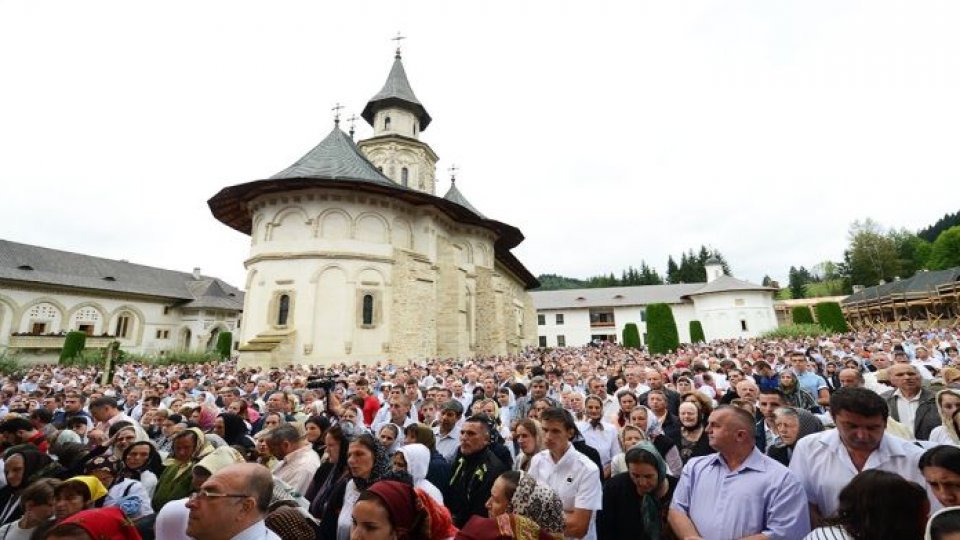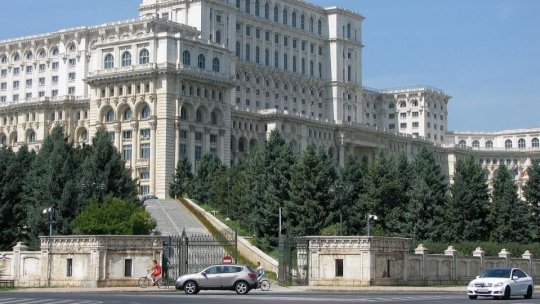Assumption of Holy Virgin Mary
Churches and monasteries all across Romania have been overcrowded on 15 August.

Articol de Remus Rădulescu, 15 August 2018, 22:50
Churches and monasteries all across Romania have been overcrowded, on 15 August, on the occasion of a religious event of great importance for the Orthodox Church – Assumption of Holy Virgin Mary – Mother of Jesus Christ. Each year, this day is preceded by fasting and then marked by special religious services and pilgrimages.
For Christians, the Mother of God enjoys the greatest honor in Heaven, after the Holy Trinity. She gave birth to the Son of God as a man, and when she died, she was raised with her body to Heaven.
Ancient Christians had great respect for the Mother of God. She was a Virgin not only in body, but also in soul, humble of heart, circumspect in word, wise in mind, not overly given to speaking, a lover of reading and of work, and prudent in speech. Her rule of life was to offend no one, to intend good for everyone, to respect the aged, not envy others, avoid bragging, be healthy of mind, and to love virtue. She was modest in the movement of Her body, Her step was quiet, and Her voice straightforward; so that Her face was an expression of soul. She was the personification of purity (News Agency Basilica.ro)
Feast of pilgrimages
On 15 August, most of the churches and monasteries in Romania celebrate their patron saint, but only a few places under the protection of Holy Virgin Mary attract hundreds of thousands of pilgrims. The great affluence of believers in these places is due to some miraculous icons or happenings that have taken place there.
Among Romanian monasteries under the patronage of Holy Virgin Mary, those who are assaulted by pilgrims are Nicula Monastery in Cluj County, Monastery of Rohia in southern Maramureş County, where more than 10,000 people ascend each year the Viilor Hill to reach the monastery, Monastery of Hodoş Bodrog, Banat County, monastic settlement with the oldest attestation in Romania, in 1177, Cacica, Suceava County and Putna Monastery, where voivode Stephen the Great is buried.
Source:RRA.Translated by Miruna Matei









